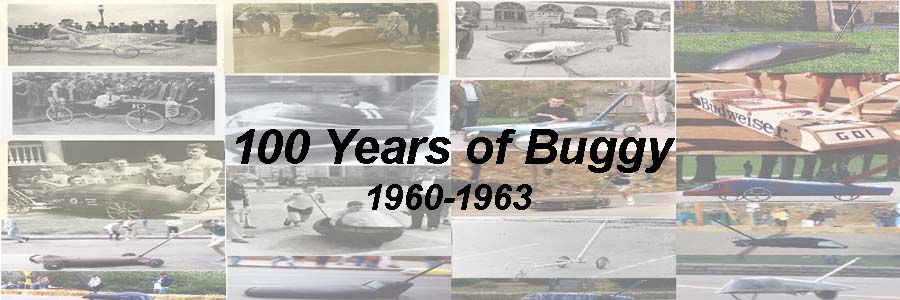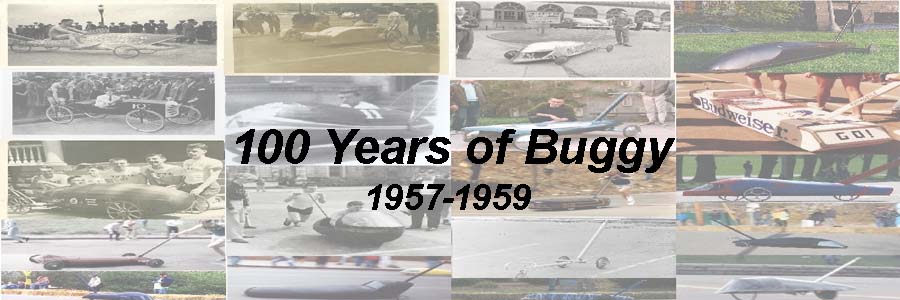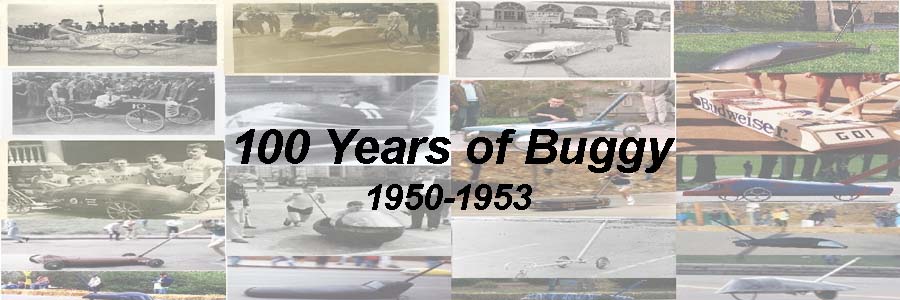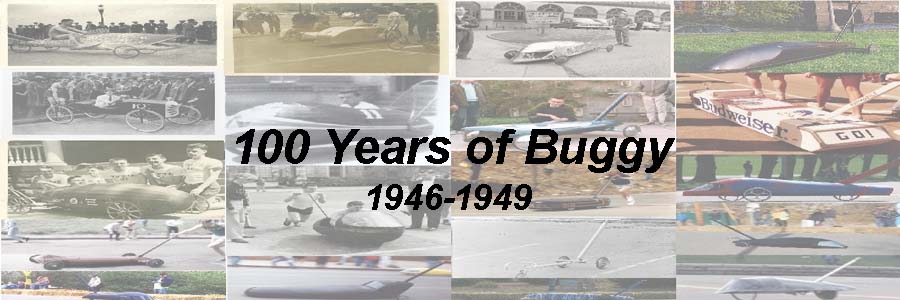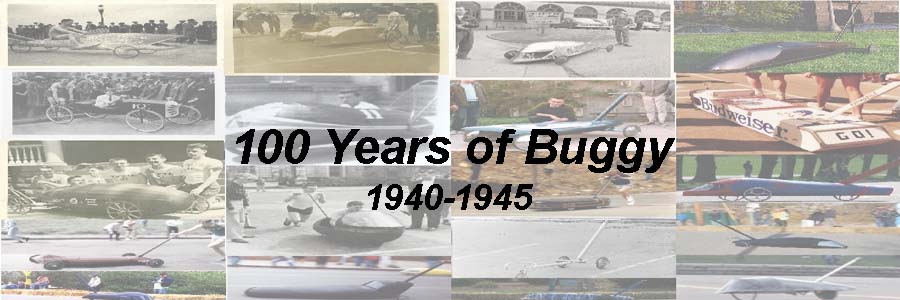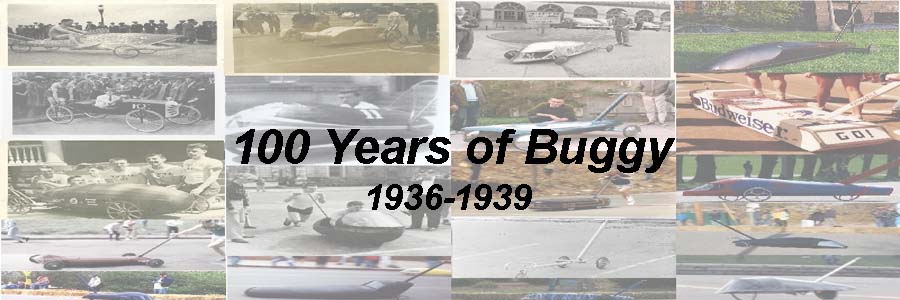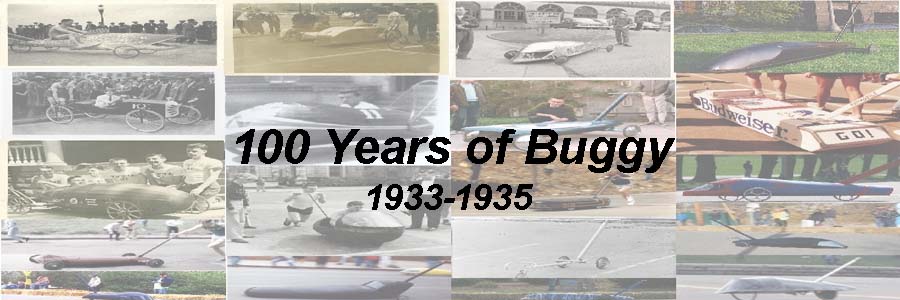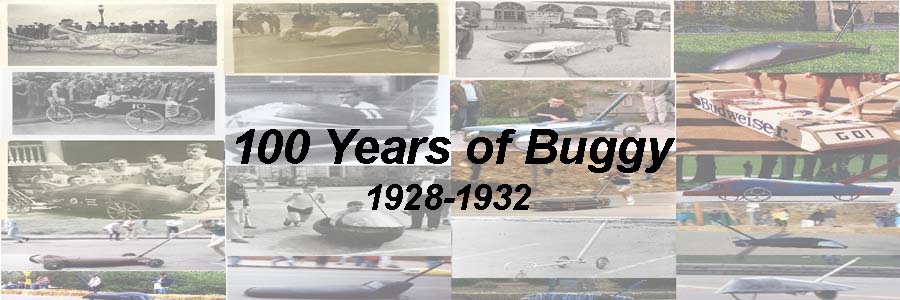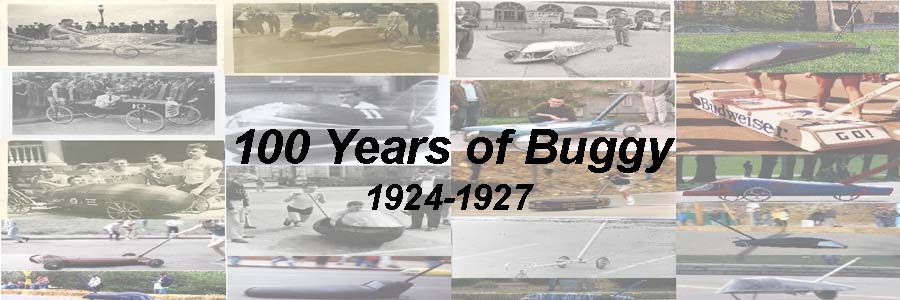Table of Contents: Intro & 1920; 1921-1923; 1924-1927; 1928-1932; 1933-1935; 1936-1939; 1940-1945; 1946-1949; 1950-1953; 1954-1956; 1957-1959; 1960-1963; 1964-1966; 1967-1969; 1970-1973; 1974-1976; 1977-1979; 1980-1983; 1984-1986; 1987-1989; 1990-1993; 1994-1996; 1997-1999; 2000-2003; 2004-2006; 2007-2009; 2010; 2011; 2012; 2013; 2014; 2015; 2016; 2017; 2018; 2019; Recap & 2020; 2021; 2022
Before we dive into the late 1930s, a quick explanation. Until now, we’ve been relying primarily on first-hand reporting (articles from the same year, or at worst the following year) to give a picture of the year in Buggy. For these primary sources, we’ve treated the articles as fact (unless, as noted in the Intro, there’s a reason to question it). Occasionally we have provided information from second-hand sources (such as articles from later years of the Tartan that look back from a historical perspective), as they add additional color, but they are also more unreliable, and thus we have called out the times we’ve provided information from those sources and our concerns (for example, in last week’s article, we noted that there is a conflict with respect to the material making up Beta’s 1932 buggy frame).
For the late 1930s, however, the Tartan digital archives are missing (1936-1939 are unavailable), and there are few non-Tartan sources for those years, so we are more heavily relying on those second-hand sources. So in this week’s article, we will tell you what limited information we know, which comes from first-hand sources, and then we will provide some additional color from the second-hand sources along with how accurate we believe that information to be. So without further ado, let’s dive into the 1930s, when it was a KapSig world and the rest of CMU was just living in it.
Continue reading →

